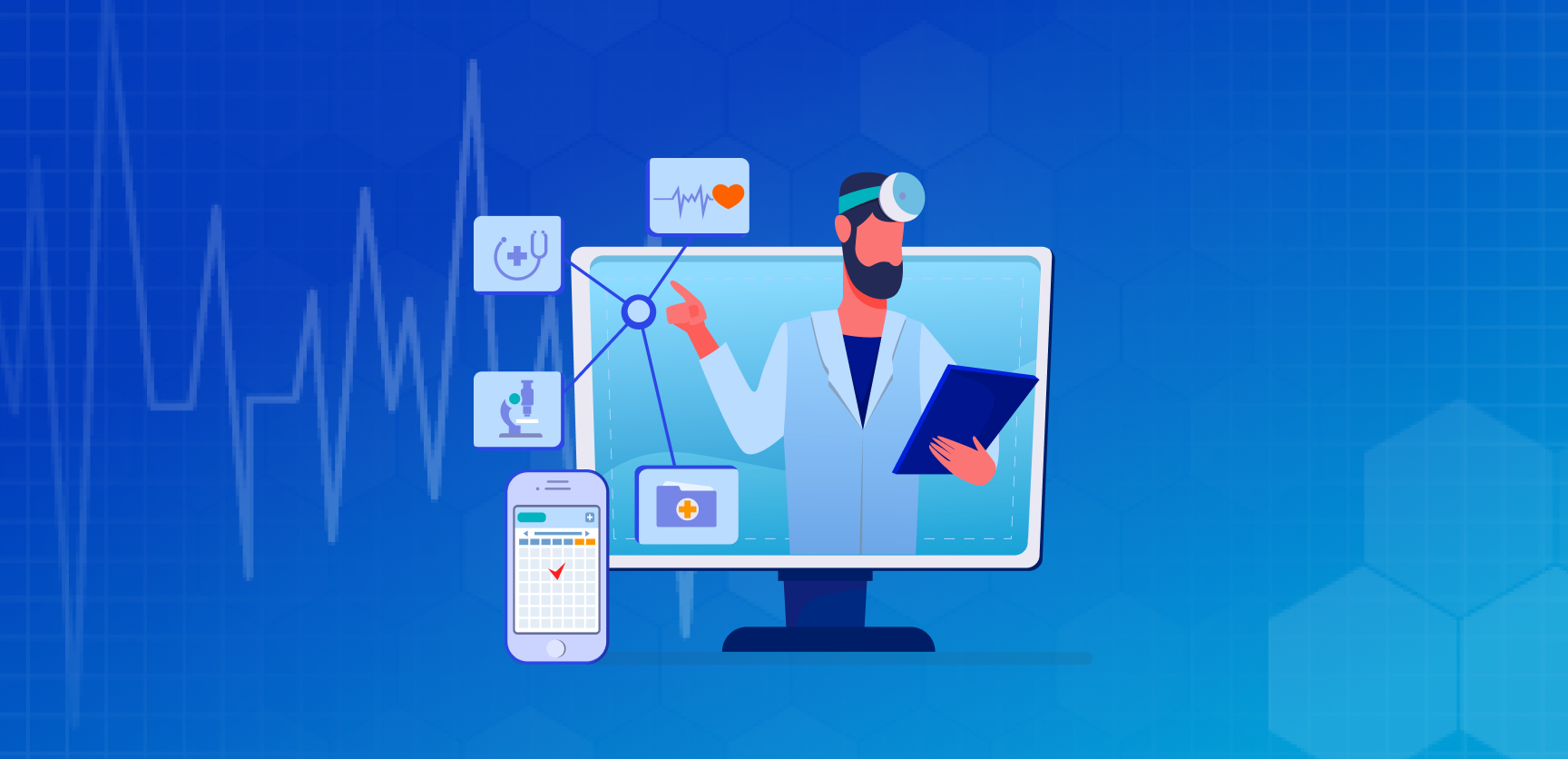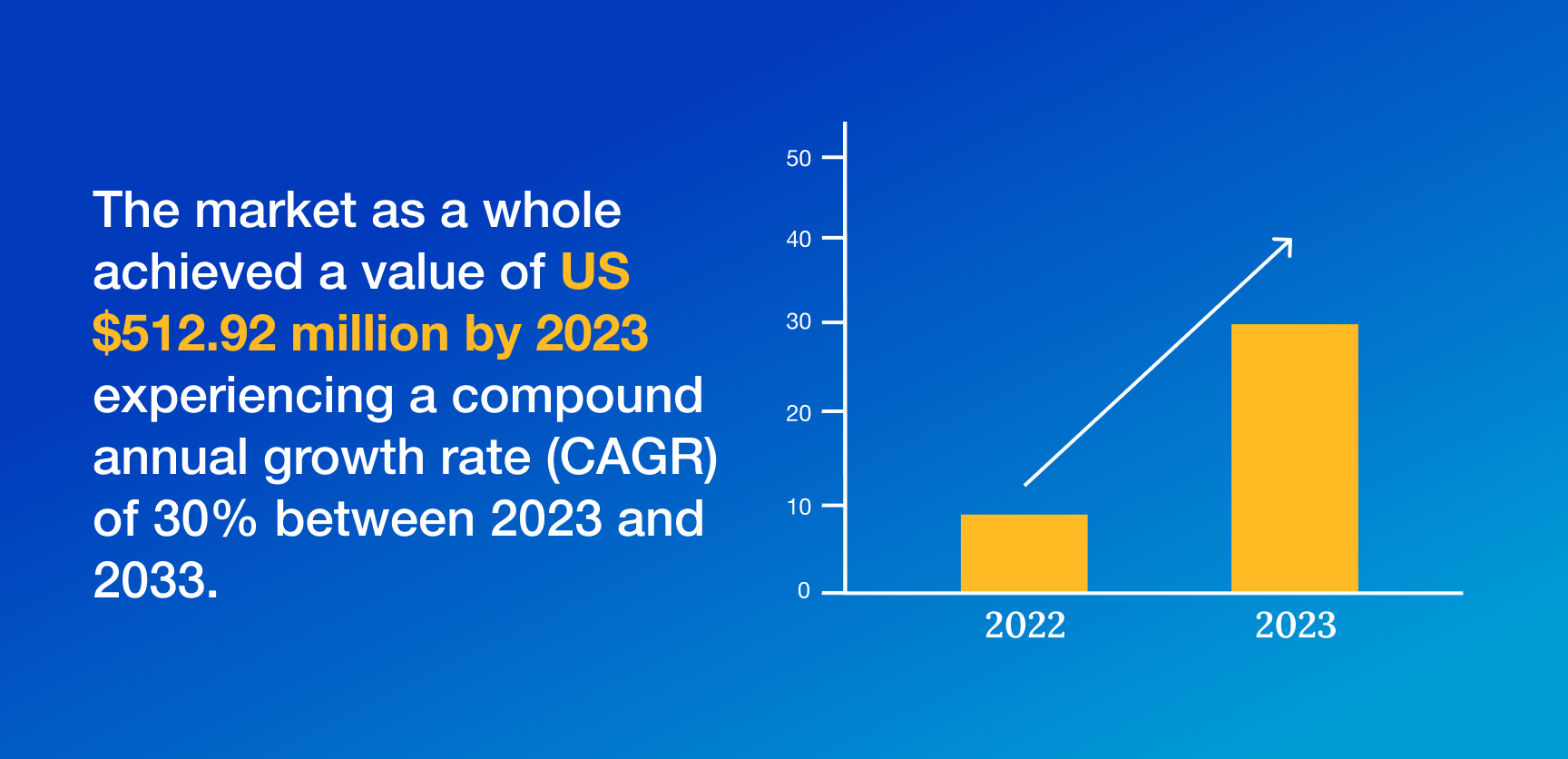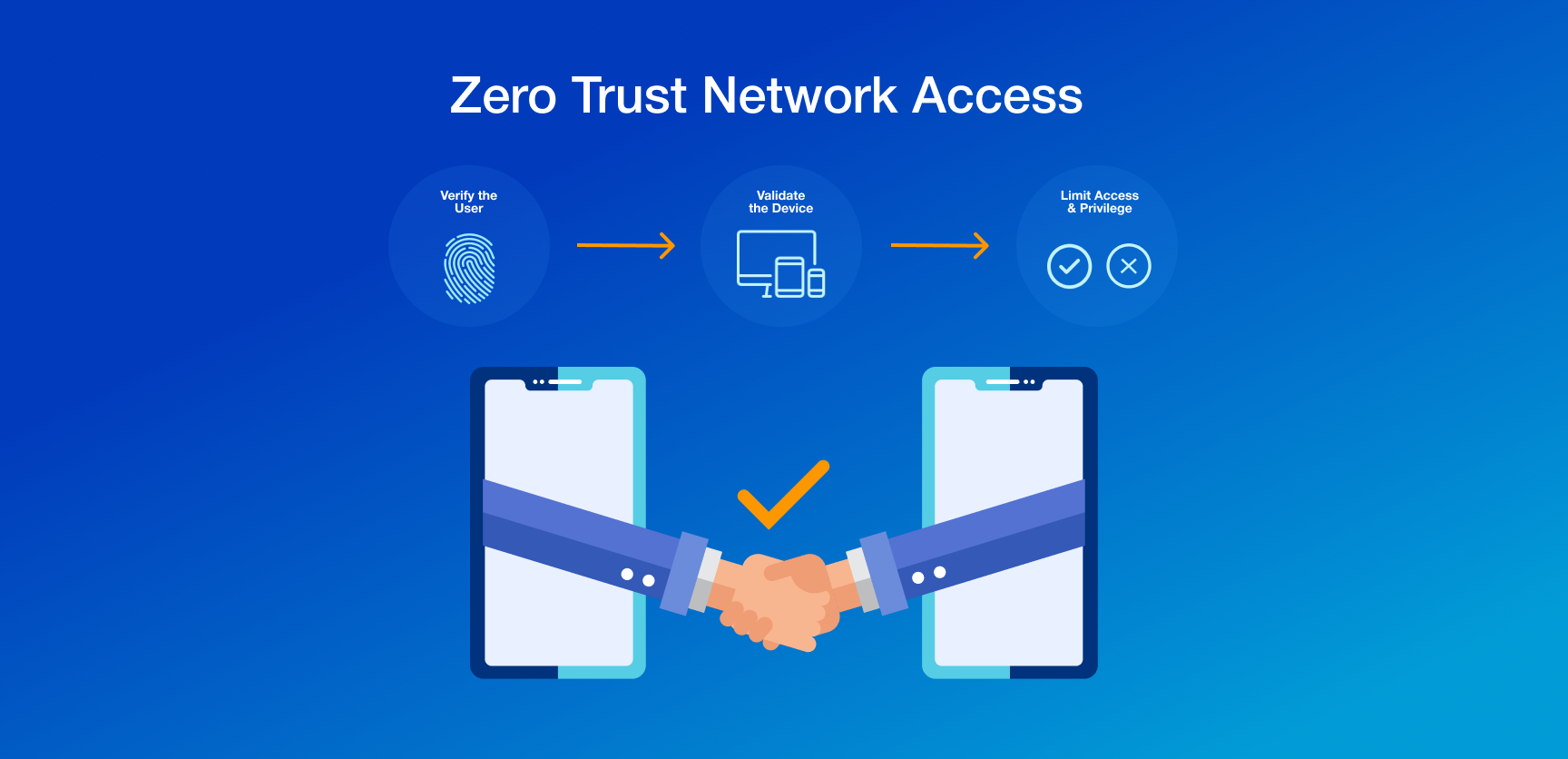
When it comes to healthcare, Virtual Assistants (VAs) are becoming real game-changers. They're like the superheroes of efficiency, helping out with everything from patient care to paperwork. However, with significant capabilities comes significant responsibility, particularly in safeguarding patient information securely.
That's where secure remote access steps in. It's like the invisible shield that ensures only the right people get access to sensitive data, all while following the rules and regulations. So, let's dive into why this matters for VAs in healthcare and how you can make your remote healthcare workers secure.
Why is Remote Access Important in Healthcare for VAs?

Healthcare is one of the leading industries that is welcoming VAs to increase work efficiency and output. The market as a whole achieved a value of US$ 512.92 million by 2023, experiencing a compound annual growth rate (CAGR) of 30% between 2023 and 2033.
Remote access is crucial in healthcare for Virtual Assistants (VAs). Think of it as their essential tool for staying connected and productive. With remote access, VAs can seamlessly assist healthcare professionals and patients from anywhere, ensuring that support is readily available whenever and wherever it's needed.
Whether they're working from the hospital, their home office, or even on the move, remote access enables VAs to maintain efficiency and deliver high-quality assistance without being tied to a specific location. It's all about ensuring continuity of care and maximizing productivity in the ever-evolving landscape of healthcare.
Need for Secure Remote Access in Healthcare: Key Insights
- Healthcare data is most vulnerable to attacks because of its importance. Patient Health Information (PHI) can sell for as much as $1000 on the dark web.
- Data breaches often lead to medical identity theft, hitting victims with an average cost of $13,500 to resolve.
- Companies hit by data breaches not only deal with direct costs but also risk government fines like those under GDPR, which can go up to €20 million or 4% of their annual income.
Cybersecurity Issues in the Healthcare Industry for VAs
Persistent Cyber Threats
Virtual Assistants (VAs) play a critical role in safeguarding sensitive patient data within the healthcare sector, where they confront a wide array of sophisticated cyber threats. These include ransomware attacks and phishing scams, highlighting the constant need for vigilant monitoring and proactive defense measures.
Regulatory Compliance Burdens
Compliance with stringent healthcare regulations such as HIPAA (Health Insurance Portability and Accountability Act) is a cornerstone of VA operations. Ensuring adherence to these standards adds complexity to their tasks, as any lapse in compliance could result in severe penalties and reputational damage.
Insider Threats and Data Misuse
While VAs are trusted entities within healthcare organizations, the risk of insider threats cannot be overlooked. Whether through inadvertent mistakes or malicious intent, the misuse of privileged access can lead to data breaches and compromise patient confidentiality.
Integration Challenges with Legacy Systems
Healthcare infrastructures often comprise a mix of modern and legacy systems, presenting integration challenges for VAs. Legacy systems may lack the necessary security features. For instance, a VA might encounter difficulties integrating with an older Electronic Health Record (EHR) system that lacks robust security features. This leaves them vulnerable to exploitation and posing risks to the overall cybersecurity posture.
Data Encryption and Transmission
Ensuring the encryption of data both at rest and in transit is very important for VAs handling sensitive patient information. Failure to implement robust encryption protocols could result in data interception or unauthorized access, compromising patient privacy and confidentiality.
Top 5 Healthcare Cybersecurity Predictions for 2024
Here is what CISOs in healthcare have predicted for this year:
- Hospitals are hot targets for cyberattacks due to valuable patient data, especially with more tech like telemedicine. Attackers will keep finding new ways in.
- AI's rise in healthcare means more security worries. Outdated systems and fast AI growth stress security setups, leaving decision-makers uncertain.
- Secure AI frameworks from groups like NIST and ISO will be crucial in tackling AI-related cyber risks in healthcare. They'll help keep patient data safe while using AI responsibly.
- Watchdogs like the SEC and FDA will tighten the screws on healthcare cybersecurity. CISOs could face the music if they don't come clean about breaches or security flaws.
- The healthcare supply chain and cloud services are risky spots. Security teams are struggling to find fixes for vendor risks and cloud security as more data moves online.
Essence of Secure Remote Access Solutions in Healthcare
The essence of secure remote access solutions in healthcare lies in providing healthcare professionals with seamless access to critical systems and patient data while maintaining security protocols to safeguard against cyber threats. Achieving secure remote access involves several key steps:
- Implementing Zero Trust Network Access (ZTNA): ZTNA is a security model that verifies every user and device attempting to access the network, regardless of their location. Unlike traditional perimeter-based security measures, ZTNA assumes zero trust, requiring authentication and authorization for each access attempt.
By adopting ZTNA, healthcare organizations can enforce granular access controls based on user identity, device posture, and contextual factors, thereby minimizing the risk of unauthorized access and data breaches.
- Utilizing Multi-Factor Authentication (MFA): MFA adds an extra layer of security by requiring users to provide multiple forms of verification, such as passwords, biometrics, or security tokens, before granting access. By incorporating MFA into remote access solutions, healthcare organizations can significantly reduce the risk of unauthorized access, even in the event of compromised credentials.
- Encrypting Data Transmission: Encrypting data transmission ensures that sensitive information remains secure as it travels between the user's device and the healthcare organization's network.
Secure remote access solutions should employ strong encryption protocols, such as Transport Layer Security (TLS) or Secure Socket Layer (SSL), to protect data from interception or eavesdropping by malicious actors. - Implementing Role-Based Access Controls (RBAC): RBAC restricts user access based on their role within the organization, ensuring that individuals only have access to the resources and data necessary for their job responsibilities.
By implementing RBAC policies, healthcare organizations can prevent unauthorized users from accessing sensitive patient information, thereby enhancing overall security posture. - Monitoring and Auditing Access Activities: Continuous monitoring and auditing of remote access activities enable healthcare organizations to detect and respond to suspicious behavior in real-time.
By leveraging security information and event management (SIEM) systems and logging access activities, organizations can identify potential security incidents and take appropriate remedial actions promptly.
Future of VAs in Healthcare and How PureDome’s Remote Access Solution Helps
In closing, the future of Virtual Assistants (VAs) in healthcare is undoubtedly bright, with their role poised to continue expanding and transforming the way healthcare is delivered. As technology advances and the demand for remote access solutions grows, VAs will play an increasingly important role in facilitating seamless communication, improving efficiency, and enhancing patient care.
PureDome's remote access solution stands at the forefront of this evolution, offering robust security measures to ensure that healthcare professionals can access critical systems and patient data securely from anywhere, at any time.
With PureDome, healthcare organizations can embrace the future with confidence, knowing that their remote access needs are in capable hands, safeguarding both patient privacy and organizational integrity.